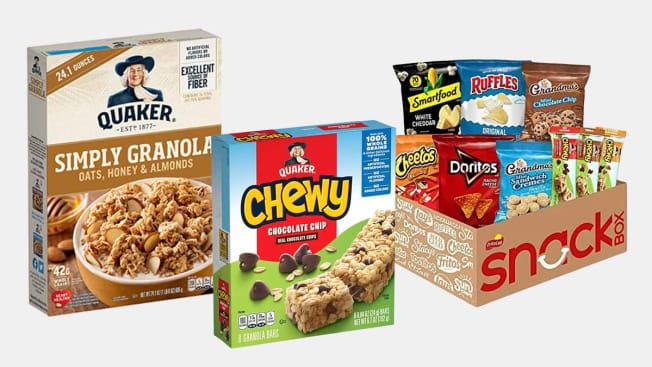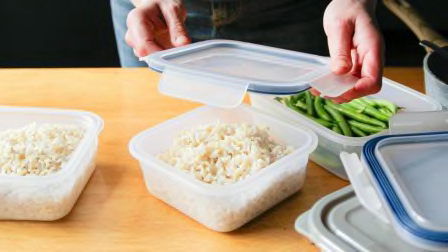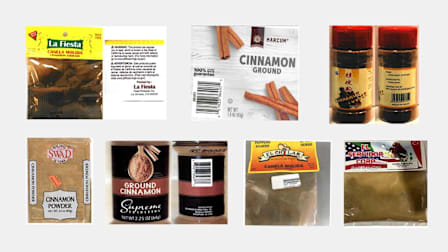Quaker Granola Bars and Cereals Recalled for Salmonella Risk
More than 40 products are involved

Update, Jan. 12, 2024: Quaker announced that it is adding an additional 25 granola bars, cereal bars, granola, breakfast cereals, and snacks to this recall. Products include: Cap’n Crunch Treats Bars and some Cap’n Crunch cereals, Quaker Chewy Granola breakfast cereal, some Quaker Oatmeal Squares, and Gatorade Protein Bar, Peanut Butter Chocolate. The Food and Drug Administration’s website has the full list of the new products, as well a list of the the original products that were recalled.
The original article appears below.
The Quaker Oats Company has issued a nationwide recall of more than 40 granola bars, granola cereals, and snack boxes and packs with these products because they may be contaminated with salmonella.
The products include Quaker Big Chewy Bars, Quaker Chewy Dipps Bars, Quaker Puffed Granola and Simply Granola cereals, and Frito-Lay Chips and Quaker Chewy Granola Bars Variety Packs. (You can find the full list on the Food and Drug Administration’s website.) Some of the granola products have “best by” dates as far out as October 2024. No illnesses have been reported.
Risk of Salmonella
Most people sickened with salmonella experience diarrhea, fever, and stomach cramps anywhere between 6 hours to up to six days after eating contaminated food, according to the Centers for Disease Control and Prevention. The illness usually resolves in a few days without any treatment. But a salmonella infection can be especially serious and even fatal for children under the age of 5, those over the age of 65, or those with a weakened immune system. The bacteria can sometimes spread to the bloodstream and cause a more severe illness, such as arterial infection, endocarditis, and arthritis.
See a doctor as soon as possible if you experience any of these symptoms: diarrhea and a 102° F or higher fever; bloody diarrhea; diarrhea that doesn’t improve for several days; you can’t keep liquids down; or you’re severely dehydrated (you aren’t urinating much, have a dry mouth, or feel dizzy upon standing).




















